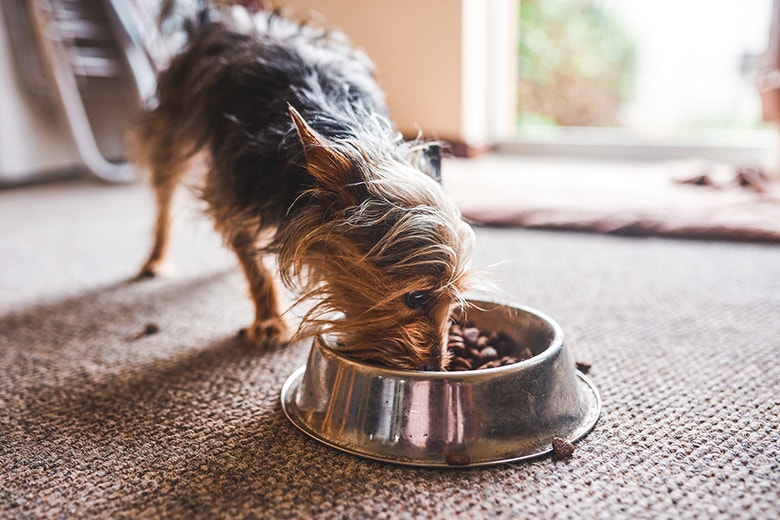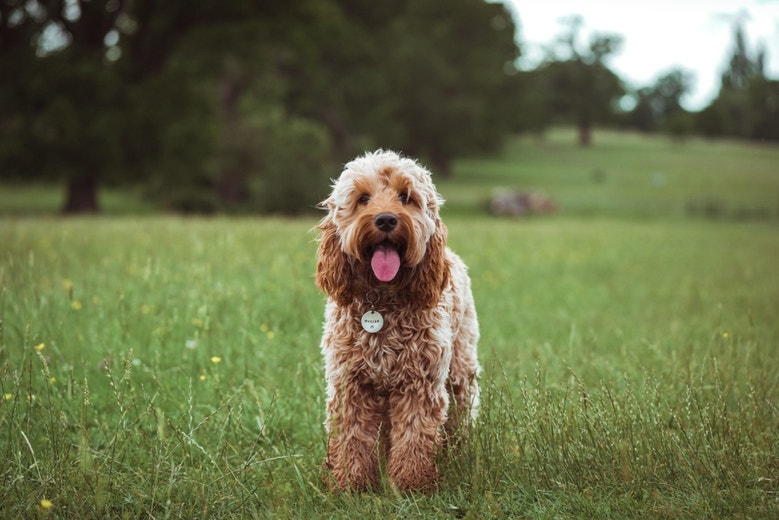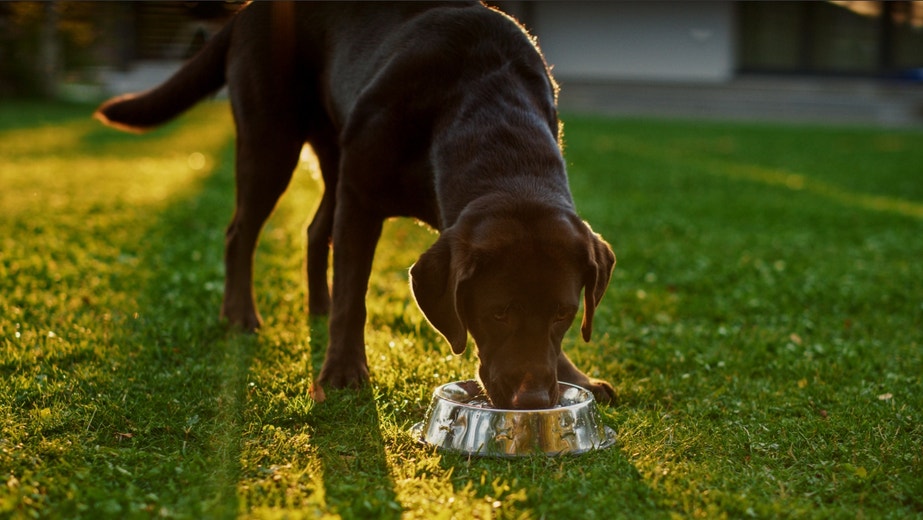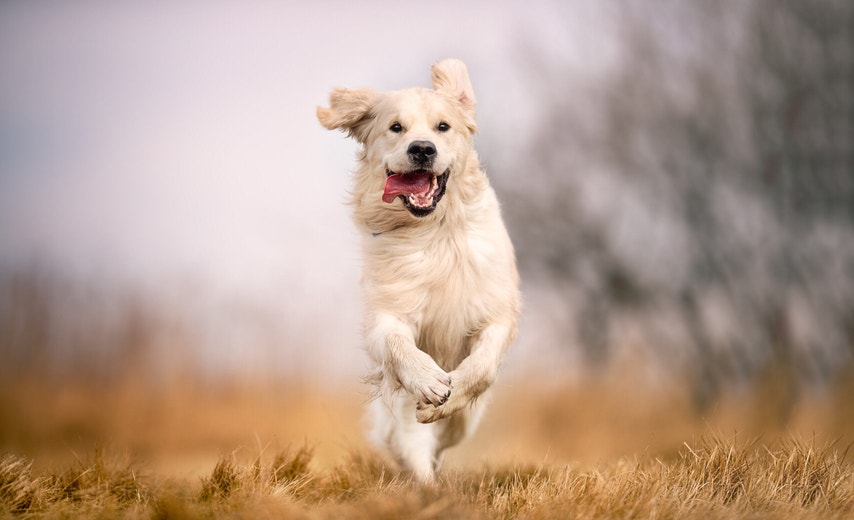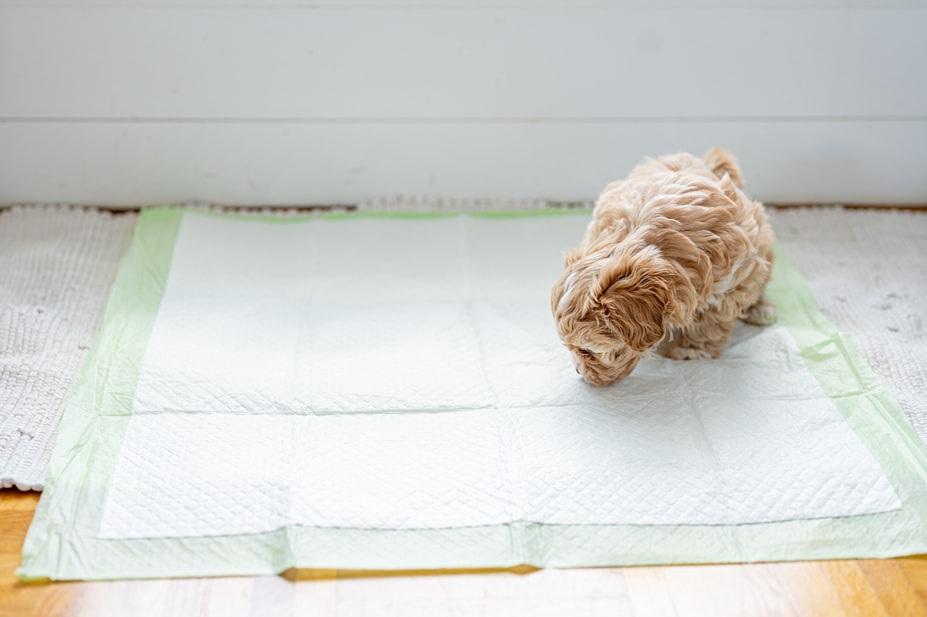
Training Your Puppy To Use A Potty Pad
All advice given is general in nature. If you have any immediate or specific concerns, please talk to your vet.
When a new puppy joins the family, one of the first things they need to learn is where to go to the toilet. In fact, potty training your puppy should start as soon as they move in. If you’re wondering how to potty train a puppy with minimum mess, potty pads might be the answer.
How does potty pad training a puppy work?
Potty pads are absorbent, hygienic pads that help get your puppy toilet trained. Potty pad training a puppy requires patience, consistency – and lots of rewards for good behaviour.
Should I use potty pads for my puppy?
Potty pads can be a convenient option for housetraining puppies, especially if:
- you don't have a garden,
- your pup hasn't had all their vaccinations yet and,
- you need to leave your puppy home alone.
Think of potty pads as a steppingstone to helping your new puppy learn where to go and how to transition towards going to the toilet outside. And a good way to ensure your floors are odour-free.
Should my pup use disposable or reusable potty pads?
When it comes to potty pads, you’ve got a world of choice. There are multiple options, including disposable or reusable – and even ones that look like grass. Most are highly absorbent and minimise odour.
Disposable pads are:
- convenient. Just pop them in the bin as soon as they get used.
They’re ideal if you’re aiming to get your puppy to go outdoors as soon as possible.
Reusable pads can last for years and are:
- cost-effective
- environmentally friendly.
- durable (and tougher to chew!)
They’re ideal if you want to get good value for money and go easier on the planet. Just make sure to wash them every time they’re soiled.
How do I set potty pads up at home?
Decide on where you want your puppy to go to the toilet, ideally somewhere you can keep an eye on them. It’s a good idea to separate it slightly from their pen or sleeping area. That keeps things hygienic and reinforces the idea that there’s a specific place for going to the toilet. Keep in mind puppies won’t be able to aim with precision, so it might be worth putting down three or four pads to avoid any accidents.
Allow your puppy to get used to the pads before they need to go to the toilet. This helps avoid them getting distracted when they have to use them. Make sure the pads are kept in the same place until your puppy has learned the ropes. Then, you can gradually move the pads towards the outside door and, eventually, all the way outdoors. Pro tip: taking a soiled pad outside will help your puppy catch its scent and get used to toileting outdoors.
What kind of schedule should I create?
Consistency is key to success here so make sure to establish a schedule that your pup will get used to.
Puppies need to urinate frequently so get into a routine of taking them to the pad:
- first thing in the morning
- after naps or playtime
- after each meal
- last thing at night
last thing at night
Use a command word, like “Go to toilet” Repeat the command before your puppy goes to the toilet and during the act, so they can begin to associate the words with the action.
How do I encourage good behaviour?
Your puppy thrives on praise, so be sure to reward them when they use their potty pad successfully. This could include making a big fuss of them, praising them enthusiastically and giving them a special treat. This positive reinforcement means your puppy will be more likely to use the potty pads on their own.
If they start to make their own way to their potty pad, that’s a sign they’re getting the hang of it – and a cue for you to give them lots of praise.
What if you catch your puppy in the act of doing the toilet somewhere they shouldn’t? Interrupt them as soon as you can and immediately move them onto the potty pad. Once they continue their business on the pad, start to praise them.
What mistakes should I watch out for?
Punishing your pup.
It might feel like a good way to reinforce the house rules, but your puppy won’t necessarily understand why they’re being punished. They might assume you disapprove of them going to the toilet at all, and this can make them scared to go in front of you.
Getting angry or frustrated.
Puppies don’t have full control over their bladders and, even when they get the hang of using the potty pads, they can still have the occasional accident. It’s not uncommon for puppies to urinate a little when they’re excited. Stay calm and firm if accidents happen and continue to reinforce good behaviour with praise.
Expecting too much, too soon.
Even once your puppy gets the hang of going outdoors, they may not realise that’s the only appropriate place for them to go. Make sure they know that’s the only option before trusting them with the run of the house.
What other puppy potty training methods are there?
If you’ve got access to a secure, private garden, you can start encouraging your puppy to go outside early on. It might be less convenient than using potty pads, as your puppy will need to go frequently during the night, but this does get them used to going outside from a young age.
@2023 Mars or Affiliates.

